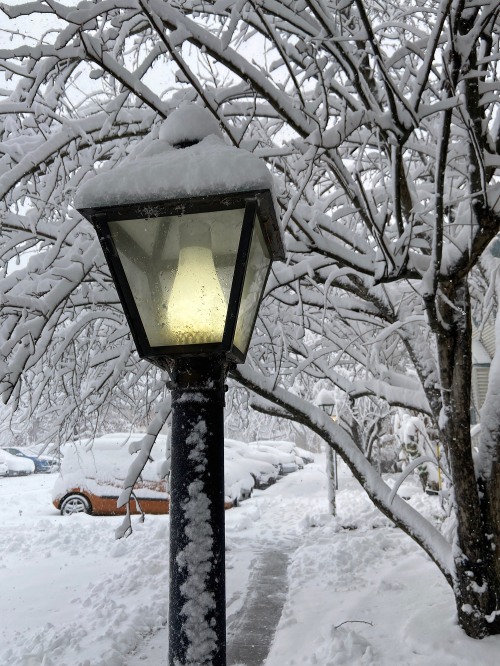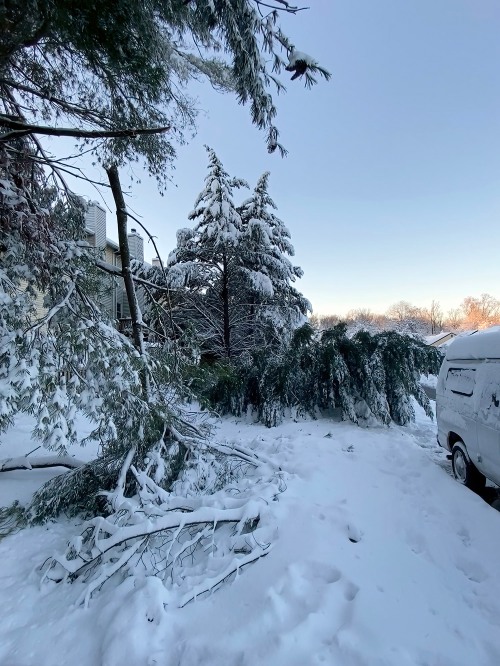When I tell people that I camped for several nights at Theodore Roosevelt National Park in Medora, North Dakota during my recently completed road trip, they have widely varying mental pictures about what that looked like. Some imagine that I was towing a recreational vehicle (RV) filled with all of the comforts of home and that I used hookups for electricity and water.
The truth, though, was that my form of camping was more akin to backpacking than to RV life. I carried with me a very small tent that I have owned for more than 30 years and more or less slept on the ground. I initially used the tent when I did some bike camping when I was stationed in South Korea in the late 1980’s during my service in the US Army. Before I left for my trip, I practiced setting the tent up in front of my house to reacquaint myself with it and to make sure I still had all of the component pieces.
Cottonwood Campground lies within the confines of the South Unit of this national park—there are two parts of the park that are separated by 75 miles (120 km)—and has relatively primitive campsites. RV’s are permitted, but most of the sites are pretty small and there are no hookups. Seasonally there are flush toilets available, a welcome surprise for me, and vault toilets during the off-season. There are no showers, but potable water is available. Because I have the lifetime Senior National Parks Pass, I had to pay only $7.00 per night for my site and I stayed two nights each time that I was there.
Half of the sites are by reservation while all remaining sites are first come, first served. I showed up without reservations on both my westward and eastward legs of the trip and was able to find a site both times without problem in the tenting area of the campground. In fact, I stayed in the exact same spot each time. I liked this spot because it was at the end of a row of spots, so I had a neighbor on only one side.
The first photo shows my view looking out from inside of my tent, with some buttes visible in the distance. The second image gives you a better view of the tent itself. It is taller at the front and has a vestibule area where I could store some gear. Importantly, there is netting to help keep the bugs out. I was not bothered by mosquitos, but there were a lot of grasshoppers and some flies from time to time.
The third shot shows the rest of my site that included a picnic table and a grill. In the photo you can see that I had a small cooler and I also had a water jug that held six gallons (23 liters)—many parts of the United States had been experiencing heat waves and I wanted to make sure that I had plenty of water in case I was stranded. You can also see my orange KIA Soul. I think that this was the only KIA Soul that I spotted when driving through North Dakota and Montana—most of the local folks seemed to be driving pickup trucks or large SUV’s.
I did not have a proper sleeping mat, but used a thick yoga mat, which did provide some cushioning from the hard ground. I had a blanket, sheet and pillow with me too and a sleeping bag. I did not think that I would need the sleeping bag, but the first night that I camped out, temperatures dropped to 44 degrees (7 degrees C), and I was able to snuggle up inside the sleeping bag.
In terms of cooking, I used a little camp stove with a propane/butane canister. The fourth photo shows my little setup as I boiled water to make instant oatmeal and instant coffee for breakfast one morning. I also had several boxes of granola bars on which I snacked throughout the day.
The final two photos shows views from the campsite. On the morning when it was cold, fog and mist were hanging over the Little Missouri River, which flowed very close to our location, and the surrounding area. The final shots shows the glow of the moon, which was almost full, just before it rose over the buttes in the distance. The lights in the right hand side of the image came from a row of cars that were heading in the direction of the park’s exit.
I hope you enjoyed my little tour of my modest camping setup. When I began my trip, I had no specific plans for camping, but brought along the gear so that I could do so if the right situation presented itself. I was really happy to find this gem of a National Park and would gladly return there in the future.






© Michael Q. Powell. All rights reserved.
Read Full Post »















































































